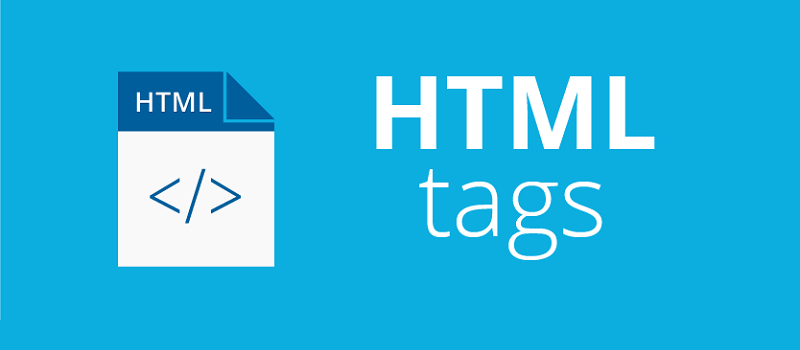
What is HTML?
HyperText Markup Language
HTML is an abbreviation of HyperText Markup Language . It is a descriptive language by which webpages are created. It is often mistakenly called a programming language, but definitely is not, serves to identify and interpret its tags to the corresponding - desired way.
" Do the difficult things while they are easy and do the great things while they are small. A jorney of a thousand miles begin with a single step. "
HTML development started 1990, when it was created by Tim Berners Li, then a CERN employee. At that time, the first web browser was developed and the HTML code enabled easier cooperation on projects at a great distance. With his help, the text (simple code) is transmitted from the source to the recipient and it's interpreted appropriately. Without it, the browser would display a bunch of unformatted texts, without a new line or paragraph, and so on... You will agree that such a text is not easy to read...

This descriptive language is based on two important rules. First, one element (tag) could include an unlimited number of other tags, but all the tags must end within the tag in which they started, which would in fact mean that there are no cross-tagging crosswords. The second rule, derived from the first one, is that every starting tag must also have its final tag. In order not to get everything that simple, they took self-closing tags that were an exception to first rule. These are tags that begin and end at the same time as, for example, BR tag.
Just to make things more complicated, the attributes containing additional information may appear on the initial tag elements. Although at first glance they may seem to have been created to confuse beginners, their purpose is actually to make web pages much easier. They consist of two parts: attribute names and attribute values. The attribute names, as already mentioned, are written at the beginning of the tag and are separated by a space from the tag name. Attribute names are not arbitrary, they are pre-defined, written in lowercase, and the equals sign is placed after the name, after which the value of the named attribute is entered under quotation marks. Spaces are not allowed in the attribute construction. From HTML version 5, attribute names can be written in capital letters, and the attribute value does not have to be quoted, but this is not recommended because it makes it easier to make mistakes.
